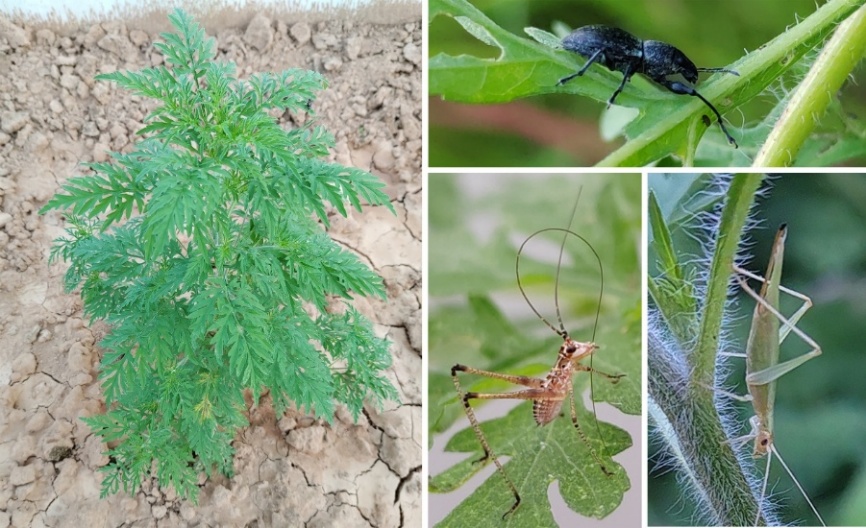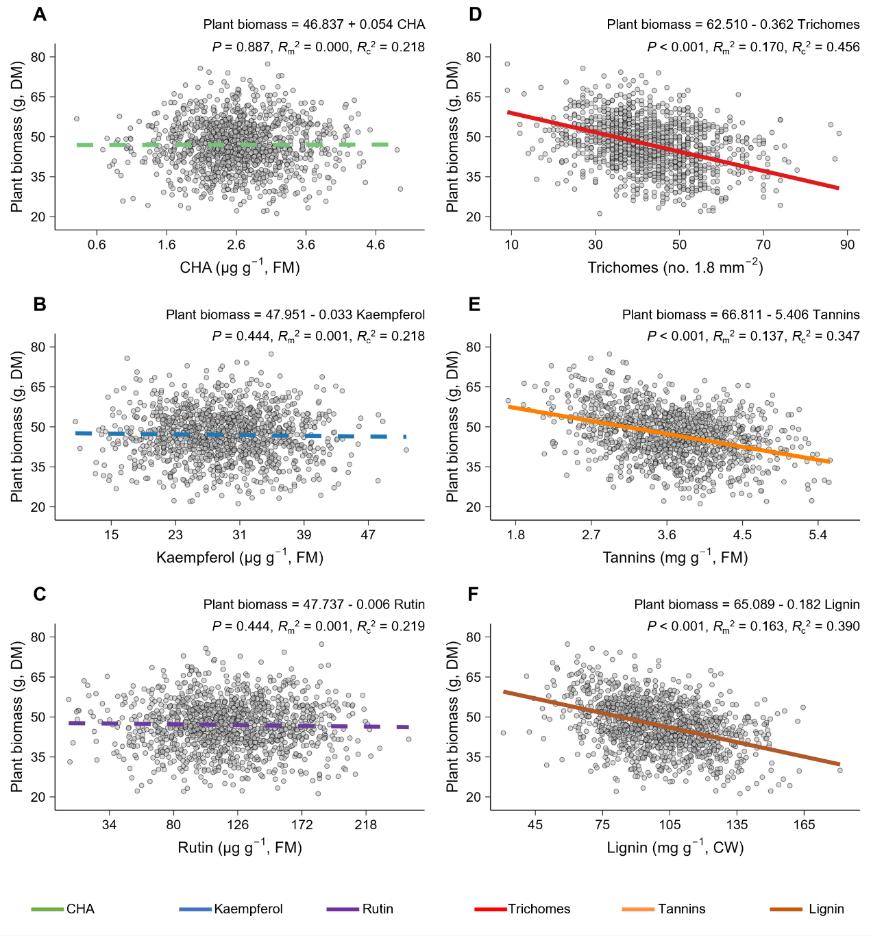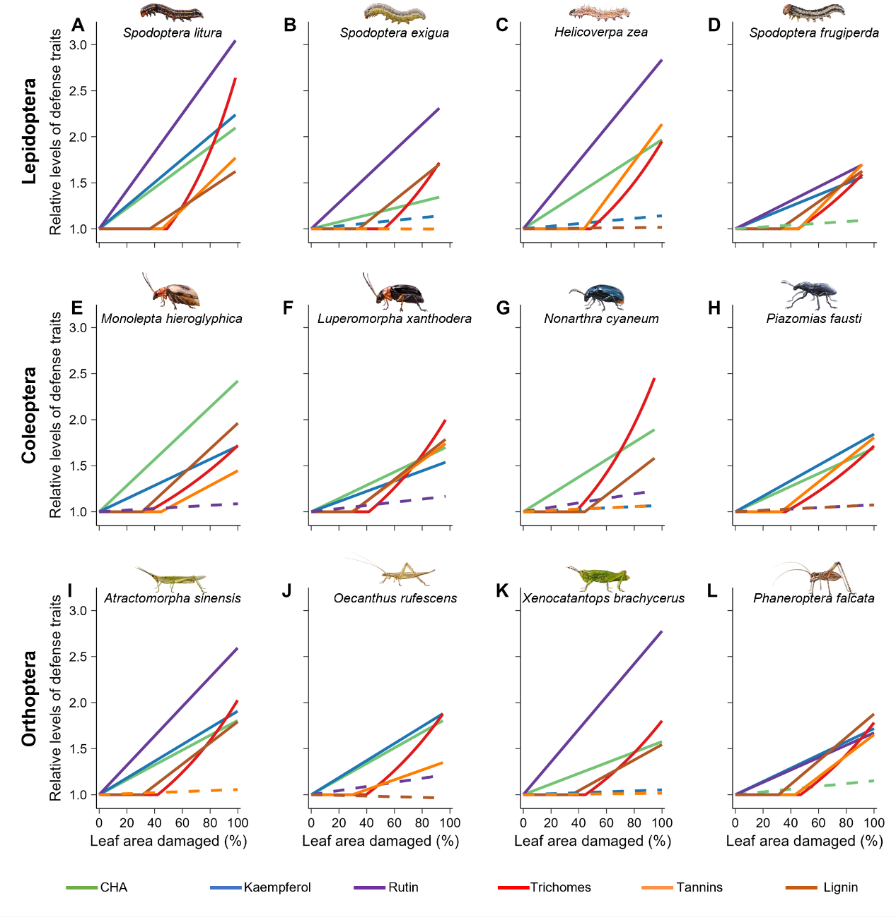
When bitten by mosquitoes outdoors, people might first wave their hands to drive them away, a low - cost solution, and only use mosquito repellent, a costlier option, if the annoyance persists. This "cheaper first" defense strategy is not limited to humans, as new study has found that plants use a similar approach.
A research team from the Wuhan Botanical Garden (WBG) of the Chinese Academy of Sciences has determined that plants act like astute financial managers when faced with herbivore attacks. They initially activate low - cost defenses and only deploy more "expensive weapons" when the threat becomes more severe.
The researchers used common ragweed (Ambrosia artemisiifolia), an annual herbaceous plant widespread in China, as their study system. They carried out a series of experiments on multiple mechanical and chemical defense traits of this plant, using 12 herbivorous insect species from Lepidoptera, Coleoptera, and Orthoptera.
The study uncovered a clear cost hierarchy. Small - molecule compounds like chlorogenic acid are produced at a relatively low cost, while physical defenses such as trichomes and large - molecule chemical defenses like lignin are resource - intensive. Common ragweed consistently activates these less expensive defenses first when under insect attack. Only when herbivory intensifies and leaf damage exceeds a certain threshold does it employ its more costly defenses, demonstrating a sophisticated, cost - dependent strategy. This cost - dependent sequential induction was consistent across attacks by all 12 insect species tested.
This research not only reveals the finely tuned regulatory mechanisms of plant defense but also suggests that the "cheaper first" strategy may be a common defensive rule across both the plant and animal kingdoms, the researchers noted. It offers new perspectives on how organisms in nature balance the costs and benefits of defense.
The findings were recently published in PLOS Biology. This work was supported by the National Key Research and Development Program of China, and the Youth Innovation Promotion Association of the Chinese Academy of Sciences, among other sources.

Ambrosia artemisiifolia and representative herbivorous insects feeding on it. (Image by WAN Jinlong)

The production of six defense traits incurs varying fitness costs in Ambrosia artemisiifolia. (Image by WBG)

Lower-cost traits are induced at lower levels of herbivory than higher-cost traits in Ambrosia artemisiifolia. (Image by WBG)

86-10-68597521 (day)
86-10-68597289 (night)

52 Sanlihe Rd., Xicheng District,
Beijing, China (100864)

